Phytogenic ingredients in the spotlight: Eucalyptus - not only the favorite plant of the koalas (part 2)
Last time, we introduced another popular medicinal plant to you – Eucalyptus – which probably is known to most of you, especially when it comes to the “cold season”. In the first part about Eucalyptus, we told you about the Koalas and their passion for the leaves of the special tree, but we also gave an insight into the history of the plant and how the native people of Australia have been using its wide range of medicinal properties. This is where part 2 comes in and takes you back to the fields of application of the popular medicinal plant. Enjoy reading more and exploring the origin of the name "Eucalyptus"…
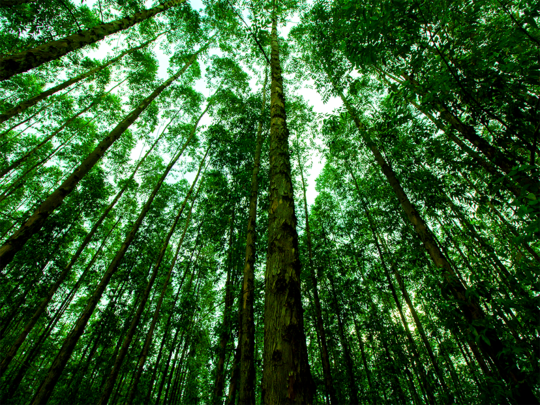
Did you know that burning the leaves of Eucalyptus dives and inhaling the smoke was used in the treatment of fever?
Moreover, the aboriginal inhabitants appreciated Eucalyptus camaldulensis for its disinfecting properties, which they used by collecting the sap, boiling it in water and then rubbing it on cuts and sores. The heartwood of this eucalyptus species was also boiled in water and the decoction used to treat diarrhea in children. In part 1 we have already introduced you to the different types of eucalyptus. Find out more interesting facts about the application of eucalyptus and its properties in this second part of our phytogenic-series...
The usage of eucalyptus has a wide range of application – in the past and today
From being a remedy for colds and coughs, snake bites, severe headache, antiseptic treatment of wounds, over counteracting diarrhea to even act as food source, as was the case with Eucalyptus gamophylla, of which the seeds were eaten and its nectar drunk. A very versatile plant, that’s why we´d like to take a closer look at the exterior appearance of it in the next chapter, the portrait of the eucalyptus.
Did you know?
Slightly different from most eucalyptus species but also worth mentioning is the Corymbia citriodora (or Eucalyptus citriodora). The rather unusual specialty of this eucalyptus is that it does not contain eucalyptol, like most eucalyptus species do. Instead it contains a high amount of citronellal (up to 80% in the oil), which often is usually more known to be found in lemon species. So, C. citriodora does not have the typical “medicinal” eucalyptus smell, but has a very fresh, lemon-like scent, strongly reminiscent of that of lemon oil with a sweet-balsamic background. Therefore, it is highly justified, that it is commonly known also as lemon eucalyptus. This species was soon developed as “natural insecticide”, as many annoying insect pests can’t stand the lemony smell. Until today, there are many mosquito repellents containing the oil of the “lemon eucalyptus” and thus are very effectively.
By the way - silver fish and cockroaches also hate this refreshing scent.
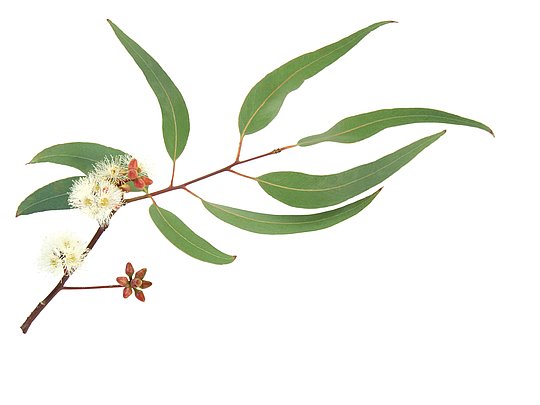
The eucalyptus in portrait
Almost everyone knows the eucalyptus at least by hearsay and from its remedy characteristics, but how does the plant of the myrtaceae or myrtle family look like?
The myrtle family, comprising dicotyledonous woody plants, is huge and comprises over 5,650 species grouped in 130 to 150 genera. As the 8th largest family of flowering plants, many famous, ecological and economic important species are included within.
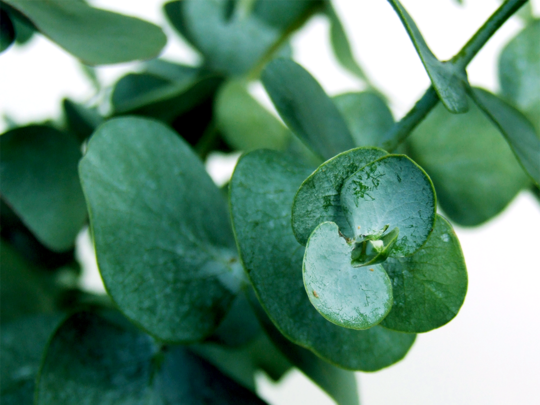
As already mentioned, eucalyptus trees can become very tall.
They have a silvery grey, warty bark and have two different types of leaves: The young eucalyptus leaves are oval-heart-shaped and are colored blue-green, while the leathery-hard aged leaves have the typical sickle-shaped form, are colored grey-green and have smooth edges.
When the leaves are grated, they smell strongly aromatic. Therefore, these older leaves are harvested for the extraction of the essential oil. By the way, Koalas prefer to eat old leaves too, as the containing toxins are not as concentrated as in the young shoots and leaves.
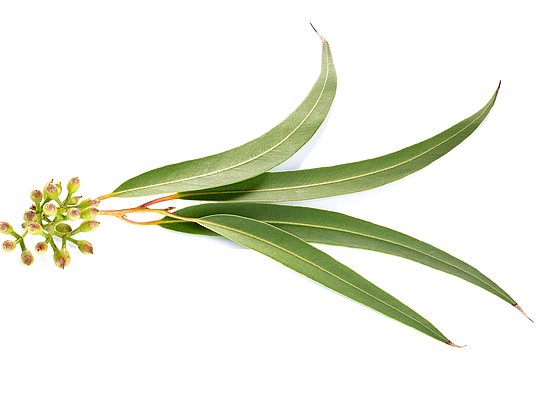
The flowers consist of numerous whitish threads, which are placed in a circular to spherical formation. They develop into cone-shaped capsules, which are blue-green and covered by a silver-grey layer. As these capsules look very beautiful, they are often used for dried flower arrangements.
The wood of the eucalyptus tree is remarkably hard. Therefore, it is often used for particularly “weight challenging” tasks, such as ship masts, railway sleepers and power poles.
References upon request
The genus „eucalyptus“– how come?
The generic name Eucalyptus is composed of the Greek eu, which means "beautiful", and kalyptos, which means "to hide", "to cover" or "to cloak". It refers to the flower, whose petals fuse into a hard cap, which detaches in a cap-like manner when it blossoms.
The Latin globulus is the diminutive form of globus (= "ball"), i.e. "globules", and refers to the shape of the fruit.
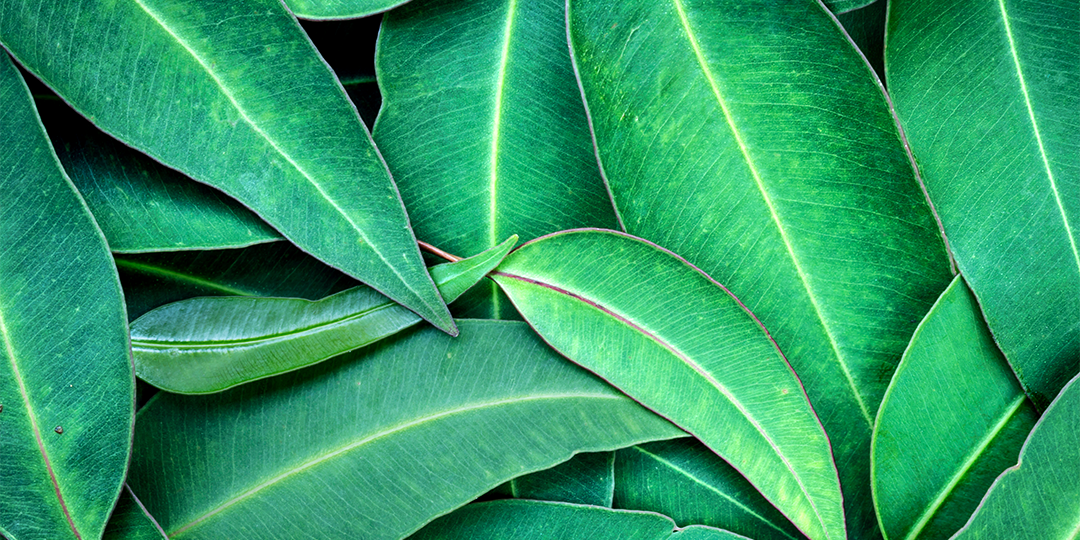
Get more information about eucalyptus

Elisabeth Rohrer
After her study in agriculture sciences at the university of natural resources and life sciences in Vienna, Elisabeth joined the Delacon team in December 2013 as Technical Communications Manager - a position, she always exerted with pleasure. Since 2021, her task areas have been extended and thus, she is also supporting colleagues in writing offside the technical focus as Content Manager. Elisabeth describes herself as a great animal and nature lover and prefers to spend her free time high up in the mountains with her little family, away from the hustle and bustle.










